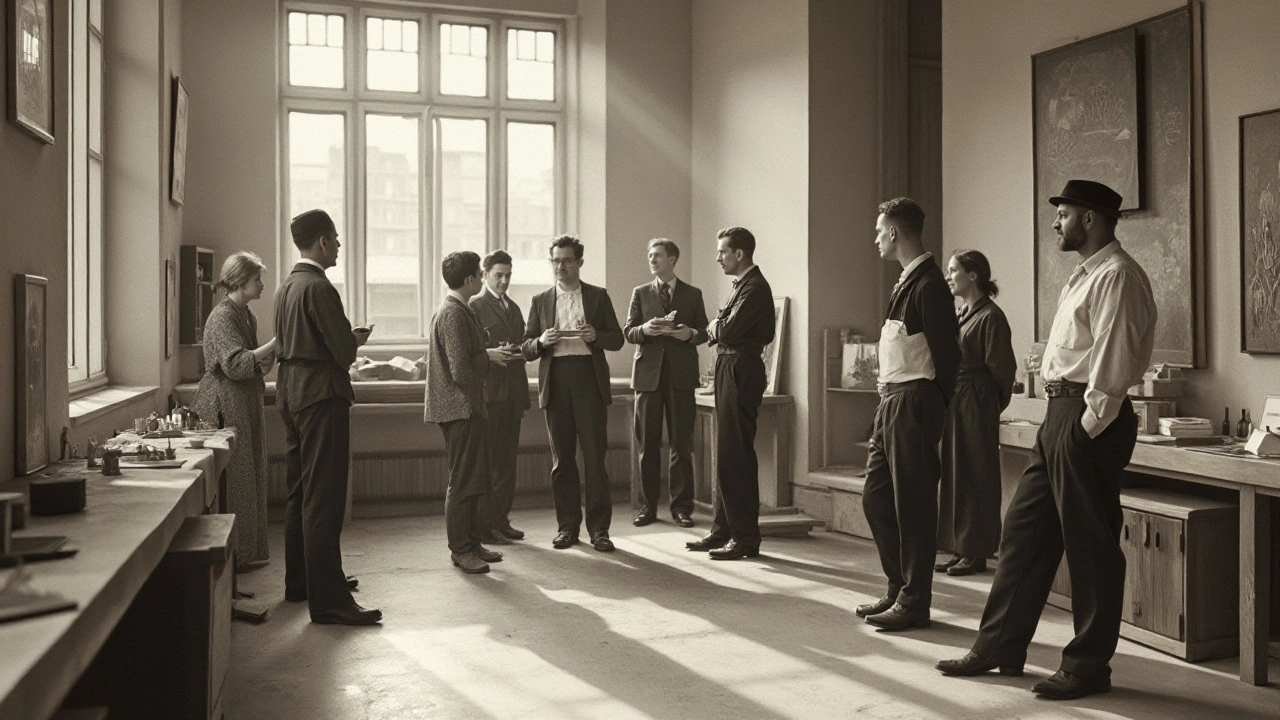Art School: How to Choose, Prepare, and Succeed
Thinking about art school? Great — but don’t let the idea of portfolios, auditions, or tuition scare you. This guide gives clear steps to pick the right program, build a strong portfolio, and form studio habits that help you improve fast.
Start by being honest about what you want. Do you want a BFA focused on painting, a design program that leads to product jobs, or a flexible liberal-arts route that mixes theory with studio time? Narrowing your goal saves time when comparing schools, costs, and course lists.
Visit campuses or take virtual tours. Look for active studios, current student shows, and equipment access like print presses or ceramics kilns. Ask about class sizes, faculty who teach in your field, and whether the school connects students to internships or galleries.
Preparing Your Portfolio
Your portfolio is the single biggest decision factor. Show 12–20 strong pieces that match the program’s focus. Include finished works and process samples: sketches, studies, and a short case study explaining one piece. Quality beats quantity. Label each piece with medium, size, and year.
Get feedback from teachers, mentors, or peers and revise. If a school asks for an artist statement, keep it one short paragraph that explains your interests and methods. For digital submissions, photograph work in even light and crop images neatly.
What You’ll Learn and How to Work
Art school teaches practical skills and ways of thinking. Expect classes in drawing, color, composition, and materials plus history and critique. Critique sessions can feel harsh, but they teach you to talk about decisions and improve quickly.
Develop a studio routine: set regular hours, warm up with short sketches, then tackle focused projects. Track progress with weekly goals and short reflections. Try timed experiments to push ideas fast; they reveal problems you can fix in later drafts.
Use resources early: career services, visiting artist talks, and student galleries. Build relationships with faculty and classmates — those contacts lead to shows, internships, or collaborations. Learn file and presentation skills: good documentation makes your work sellable.
If cost or location is a problem, consider community college art programs, online courses, or art residencies. Many artists combine part-time study with studio practice and still make strong careers.
Finally, remember that art school is a tool, not a guarantee. Your growth comes from practice, critique, and taking real chances with work. Pick a place that pushes you, supports your goals, and gives space to try new things.
Make a simple website to show work. Use clear photos, short captions, and contact info. Link to social profiles and keep it updated every month.
If you plan to freelance, learn basic business skills: contracts, pricing, invoices, and taxes. Start small with commissions and document each job. Over time, combine paid work with experimental projects that build your voice.
Talk to alumni—past students often share honest advice and job leads. They can show what life after art school looks like. Keep making new work. Stay curious daily.


